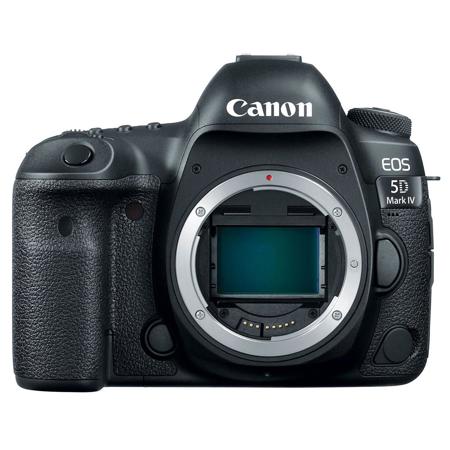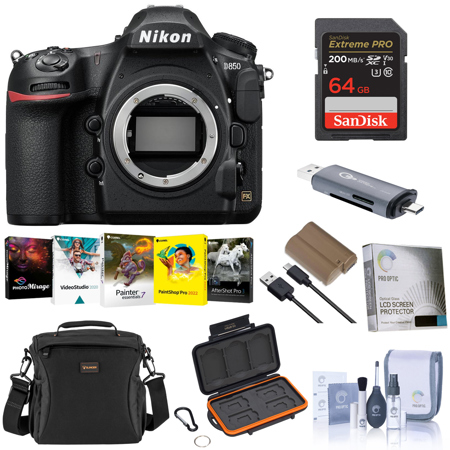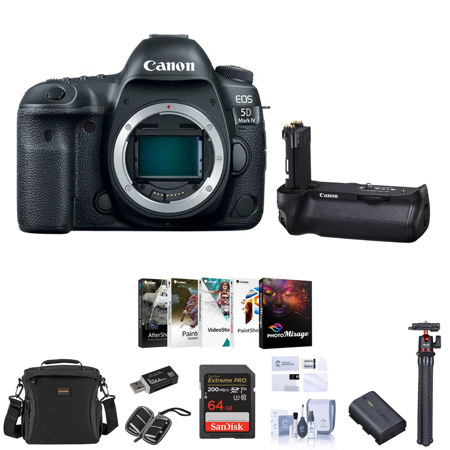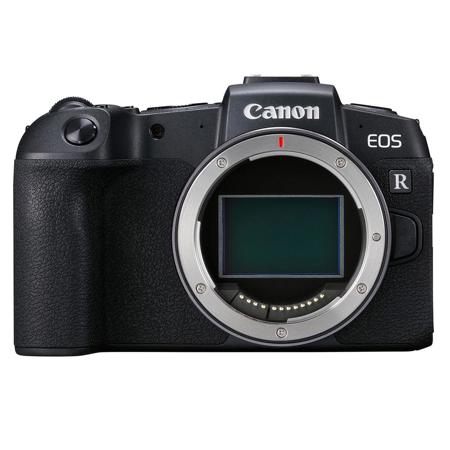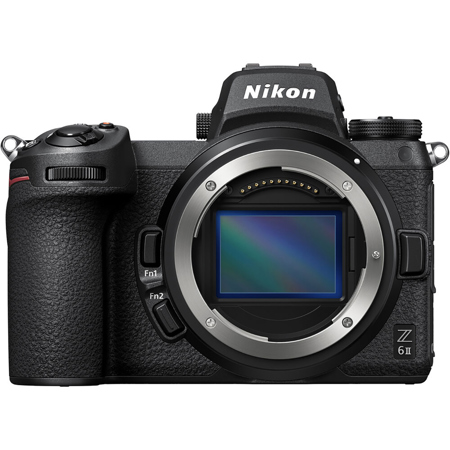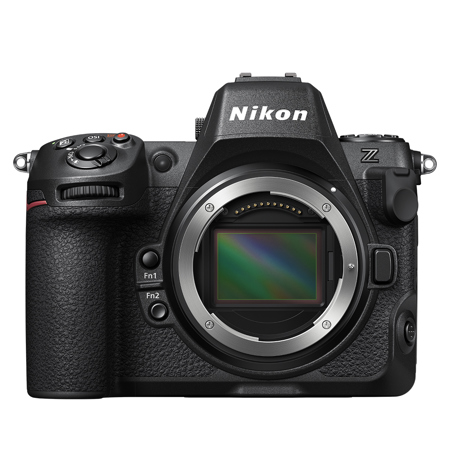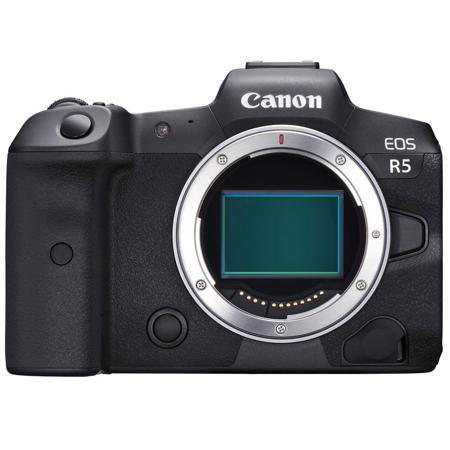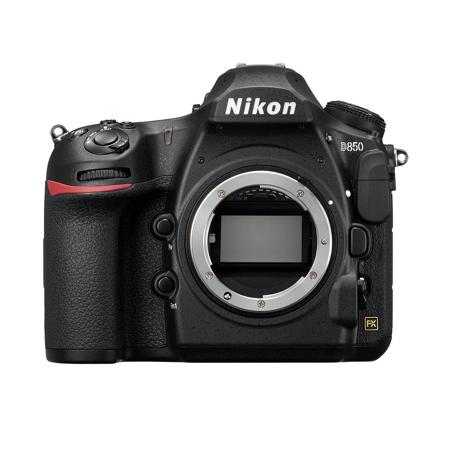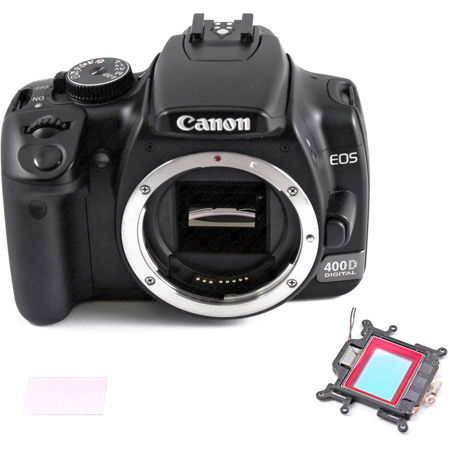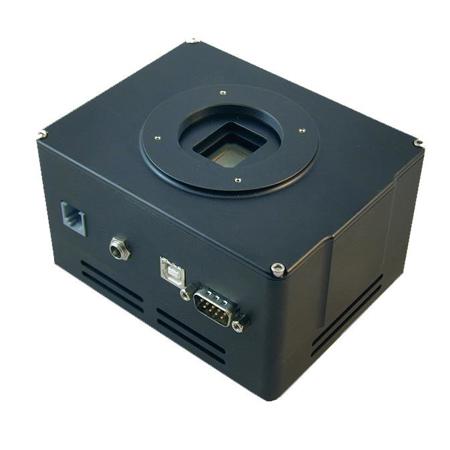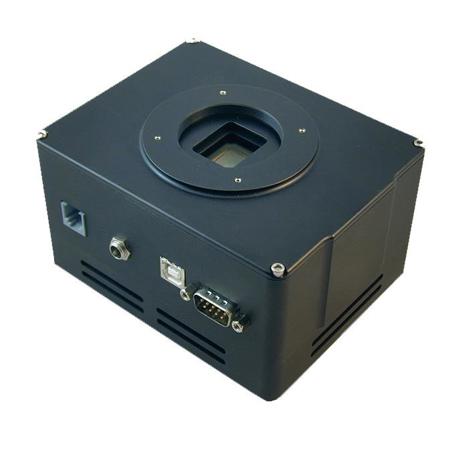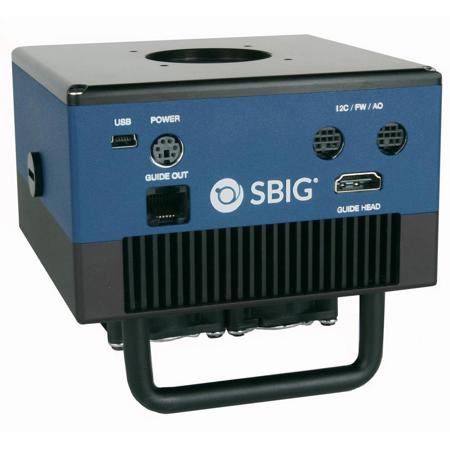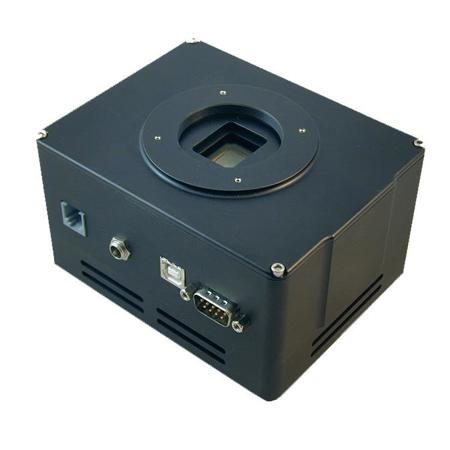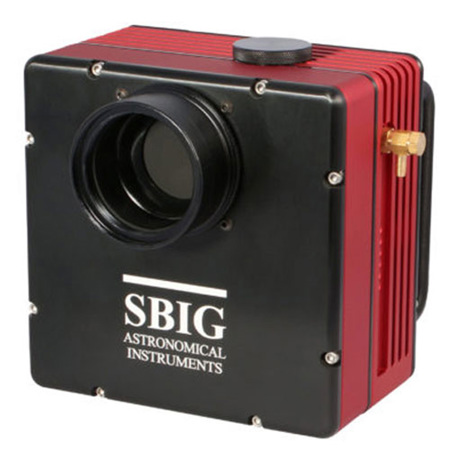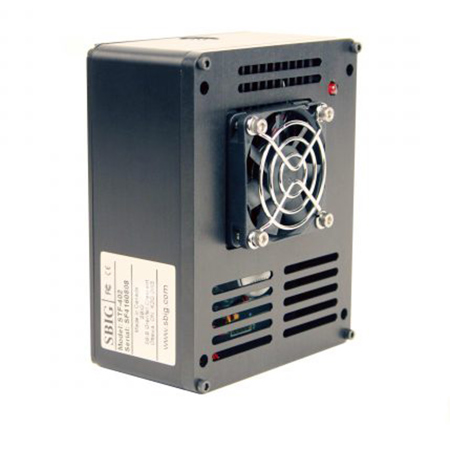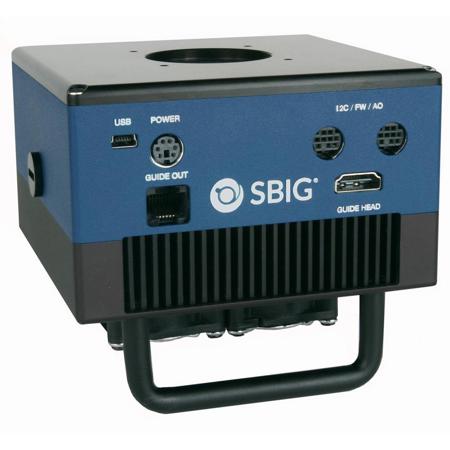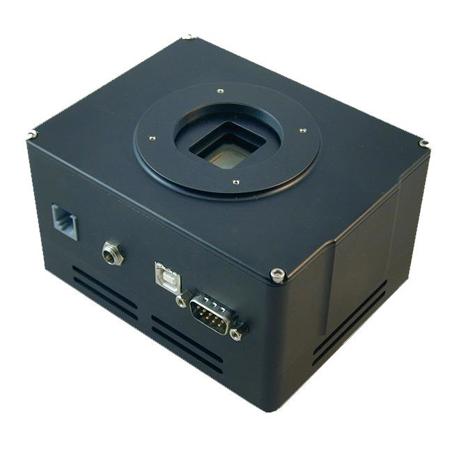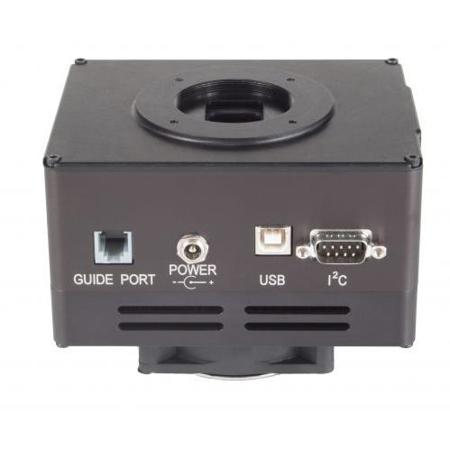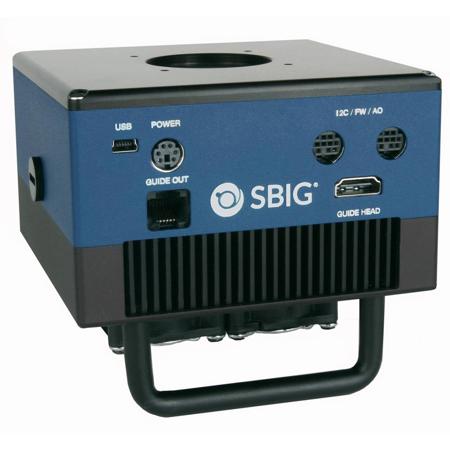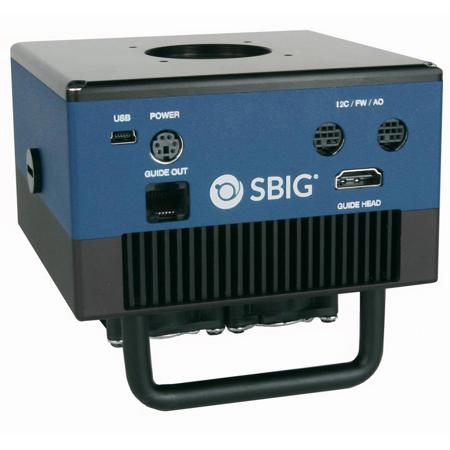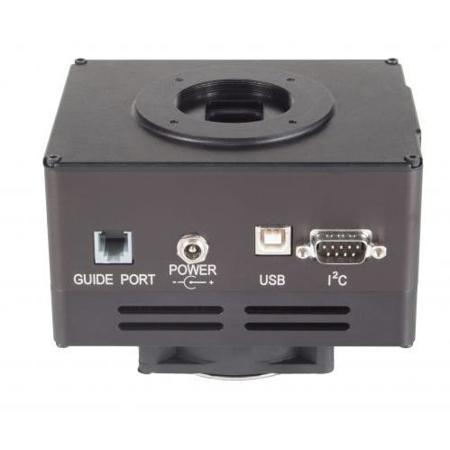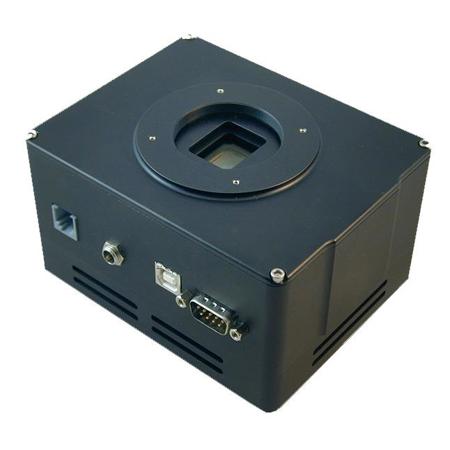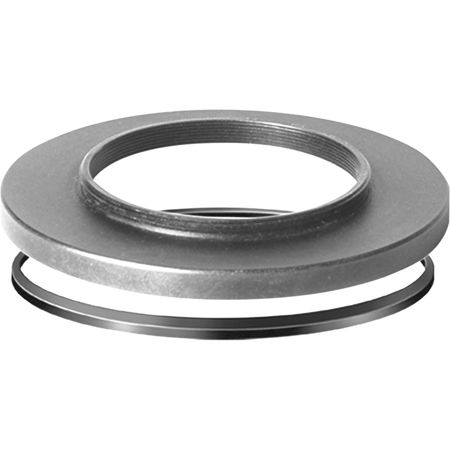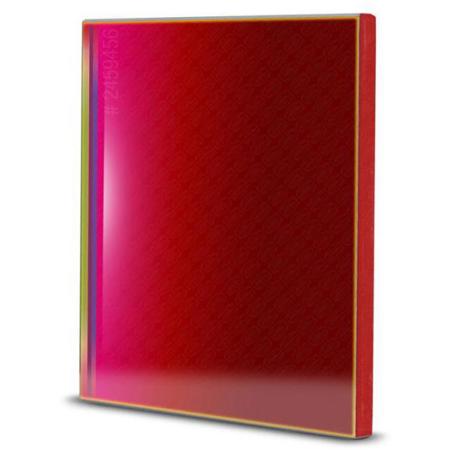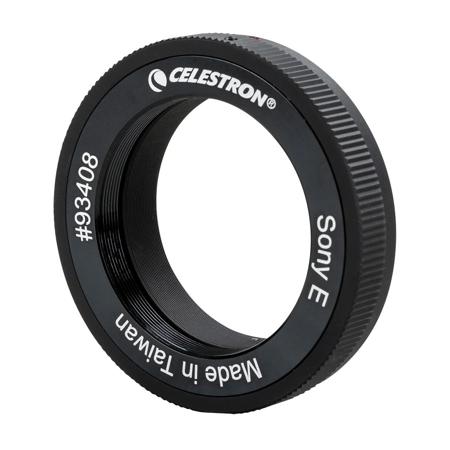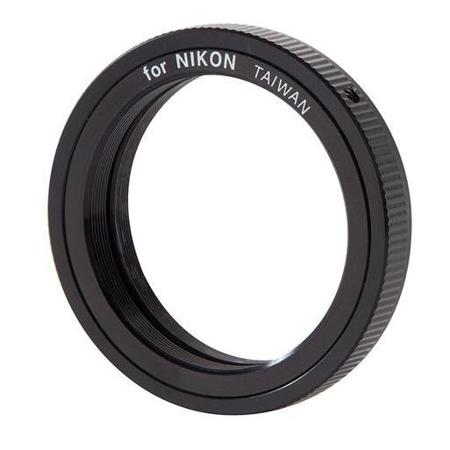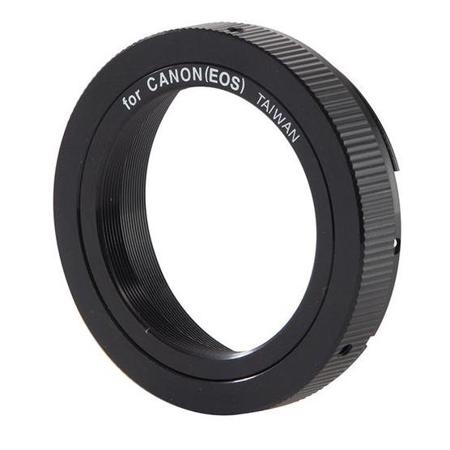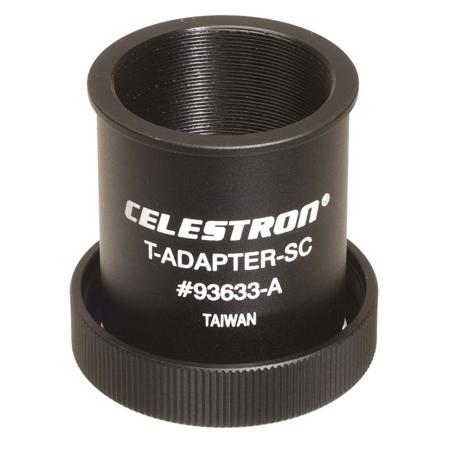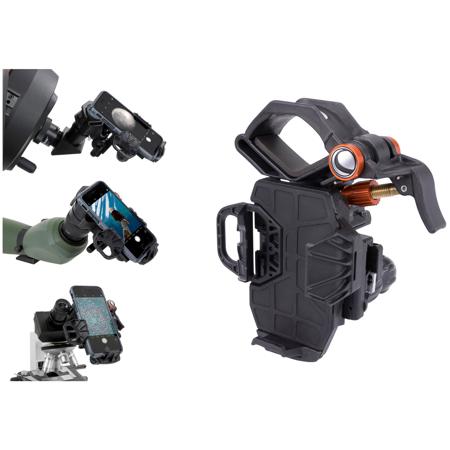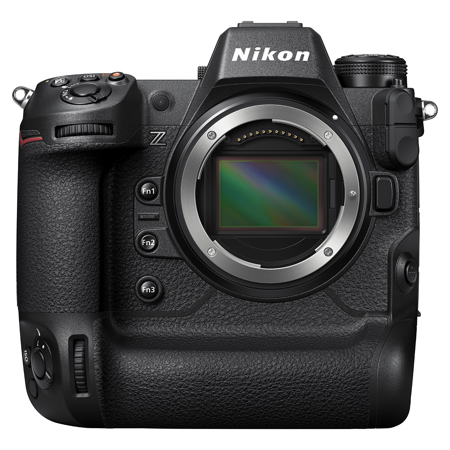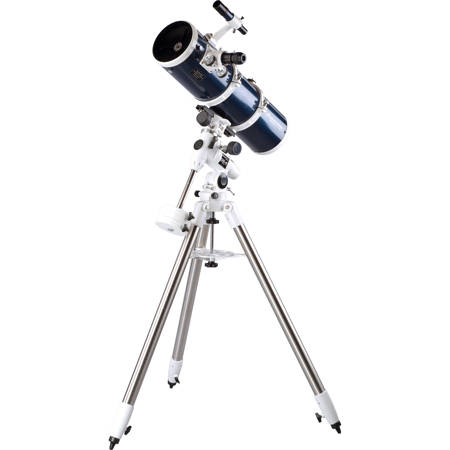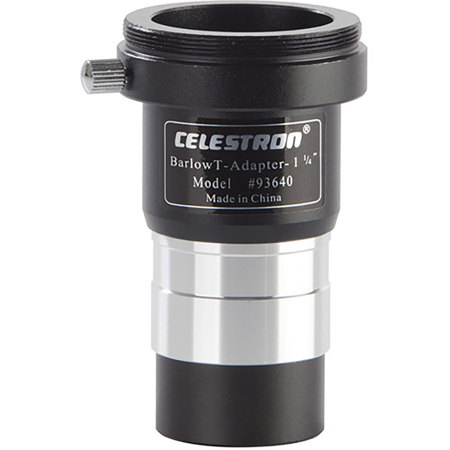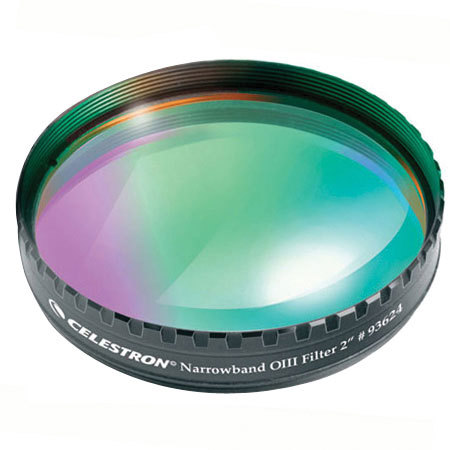Cameras For Astrophotography
Capturing the night sky is an experience that blends technical precision with a sense of wonder, making astrophotography a rewarding pursuit for both seasoned astronomers and curious newcomers alike. Astrophotography cameras are specially designed or adapted to meet the unique challenges of photographing stars, planets, and deep-sky objects. Whether you’re venturing out to a dark-sky site in the crisp October air or setting up your gear in a backyard observatory, choosing the right camera is essential for achieving those breathtaking images of the cosmos. Many photographers start with mirrorless or DSLR cameras for their versatility, as these models can transition easily between daytime landscapes and night sky imaging. Features such as high ISO performance, robust noise reduction, and the ability to shoot long exposures are critical for capturing faint celestial details. For those who are ready to delve deeper, dedicated astrophotography cameras offer advanced capabilities like cooling systems to minimize sensor noise during extended exposures, and specialized sensors that are more sensitive to the subtle hues of nebulae and galaxies. These cameras are often paired with telescopes and require thoughtful consideration of sensor size, pixel resolution, and compatibility with astrophotography accessories.
Astrophotography is an engaging hobby that appeals to a wide range of enthusiasts, from amateur stargazers eager to document meteor showers to experienced astronomers seeking to capture the intricate structure of distant galaxies. As autumn nights grow longer and clearer, it’s the perfect season to explore the Milky Way’s core or track the movement of planets across the sky. Gifting an astrophotography camera can be a meaningful gesture for anyone with a passion for science, exploration, or creative imaging—ideal for students, hobbyists, or family members who love spending time outdoors under the stars. To get started, many users supplement their camera setup with sturdy tripods, intervalometers for timed exposures, and specialized filters to enhance contrast and reduce light pollution. For those interested in planetary imaging, high-speed cameras designed for lunar and planetary work offer the ability to capture fine details of craters and atmospheric bands. Deep-sky imaging enthusiasts may prefer monochrome cameras that, when used with narrowband filters, reveal hidden structures in emission nebulae and star clusters. Regardless of your experience level, the right astrophotography camera opens up new possibilities for creativity and discovery, whether you’re capturing a wide-field panorama of the Orion constellation or zooming in on the rugged surface of the Moon.
To ensure the best results, it’s important to match your camera choice with the right adapters and accessories. Mounting a camera to a telescope or using a specific lens often requires the proper connection hardware, which helps maintain precise alignment and stability during long exposures. For those looking to expand their setup or improve compatibility between different camera bodies and optical systems, explore our selection of Astrophotography Camera Adapters. With the right gear in hand, every clear night becomes an opportunity to document the beauty of the universe, from the delicate arc of the Milky Way to the fleeting brilliance of a meteor streaking through the autumn sky.
Astrophotography is an engaging hobby that appeals to a wide range of enthusiasts, from amateur stargazers eager to document meteor showers to experienced astronomers seeking to capture the intricate structure of distant galaxies. As autumn nights grow longer and clearer, it’s the perfect season to explore the Milky Way’s core or track the movement of planets across the sky. Gifting an astrophotography camera can be a meaningful gesture for anyone with a passion for science, exploration, or creative imaging—ideal for students, hobbyists, or family members who love spending time outdoors under the stars. To get started, many users supplement their camera setup with sturdy tripods, intervalometers for timed exposures, and specialized filters to enhance contrast and reduce light pollution. For those interested in planetary imaging, high-speed cameras designed for lunar and planetary work offer the ability to capture fine details of craters and atmospheric bands. Deep-sky imaging enthusiasts may prefer monochrome cameras that, when used with narrowband filters, reveal hidden structures in emission nebulae and star clusters. Regardless of your experience level, the right astrophotography camera opens up new possibilities for creativity and discovery, whether you’re capturing a wide-field panorama of the Orion constellation or zooming in on the rugged surface of the Moon.
To ensure the best results, it’s important to match your camera choice with the right adapters and accessories. Mounting a camera to a telescope or using a specific lens often requires the proper connection hardware, which helps maintain precise alignment and stability during long exposures. For those looking to expand their setup or improve compatibility between different camera bodies and optical systems, explore our selection of Astrophotography Camera Adapters. With the right gear in hand, every clear night becomes an opportunity to document the beauty of the universe, from the delicate arc of the Milky Way to the fleeting brilliance of a meteor streaking through the autumn sky.
